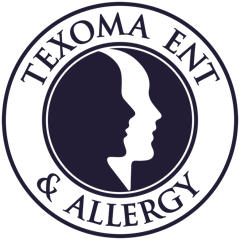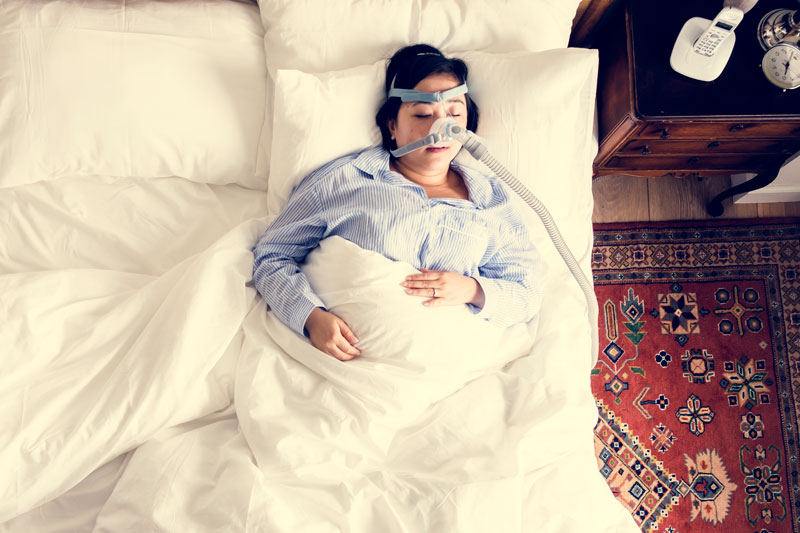Obstructive sleep apnea (OSA) is disruption or cessation of breathing during sleep. If these episodes occur repeatedly during sleep, they can lead to decreased oxygen levels.
Obstructive sleep apnea (OSA) is disruption or cessation of breathing during sleep. If these episodes occur repeatedly during sleep, they can lead to decreased oxygen levels. This prevents the patient from reaching deeper, restful stages of sleep. OSA can be associated with cognitive impairment, hypertension, headaches, depression, worsening ADHD, strokes, cardiac arrhythmias, and congestive failure. Over 20 million Americans have sleep apnea but only 40% of the population with sleep apnea have been diagnosed.
The most common symptoms of sleep apnea are snoring and daytime fatigue. Apnea (cessation of breathing) is sometimes noted by the bed partner.
Risk factors for OSA include being overweight, age over 40, large tonsils or tongue, small jaw, gastroesophageal reflux, and nasal obstruction from septum, allergy, or sinus problems. Often, a combination of these are involved in an individual with sleep apnea. Neuromuscular control of airway dilators is also thought to play a role in OSA.
Laboratory sleep study (polysomnogram) is the best test for diagnosing sleep apnea. Home sleep studies are often required by insurance companies and can provide useful information too, but home studies have a tendency to underestimate the severity of OSA.
Weight loss, and eliminating use of alcohol, caffeine, and tobacco will often help improve sleep apnea.
CPAP (Constant Positive Airway Pressure) is the initial treatment for sleep apnea. A mask over the nose or face transmits pressure to the airway to prevent collapse of the tissues. Unfortunately, many patients are unable to tolerate CPAP at night when they sleep. Oral appliances are another non-surgical option but they are often uncomfortable and are usually expensive.
Surgical procedures including septoplasty, turbinate surgery, palate surgery, and tongue reduction/advancement are indicated in carefully selected patients but there can be significant post-operative pain.
Since the various treatments for OSA are often not optimal, many patients elect to not utilize any treatment – and there-fore increase their risk of morbidity/mortality from untreated sleep apnea.
NEW TREATMENT
In 2014, the FDA approved hypoglossal nerve stimulation (HNS) for moderate to severe sleep apnea patients who cannot tolerate CPAP. Candidates for HNS must have an apnea hypopnea index of greater than 20 with a body mass index of 32 or less. (Some recent research has shown excellent results with BMI of 37)
The hypoglossal nerve stimulator (HNS) is a pacemaker to the anterior tongue that prevents tongue and palate collapse, which is commonly seen in OSA. It requires a day surgery procedure with placement of a stimulator on the hypoglossal nerve. (The hypoglossal nerve controls muscle activity of the tongue). A generator / battery is placed under the clavicle, similar to a cardiac pacemaker. The system is turned on and off by the patient – using a handheld remote (Similar to a TV remote). This procedure is now available in Wichita Falls.
A National Study of 126 patients showed 80% reduction in snoring and apnea events with improved breathing, oxygen levels, and daytime functioning. HNS is a new procedure and is approved on a case by case basis by Medicare, Tricare, and many insurance companies. For more information, visit inspiresleep.com.






